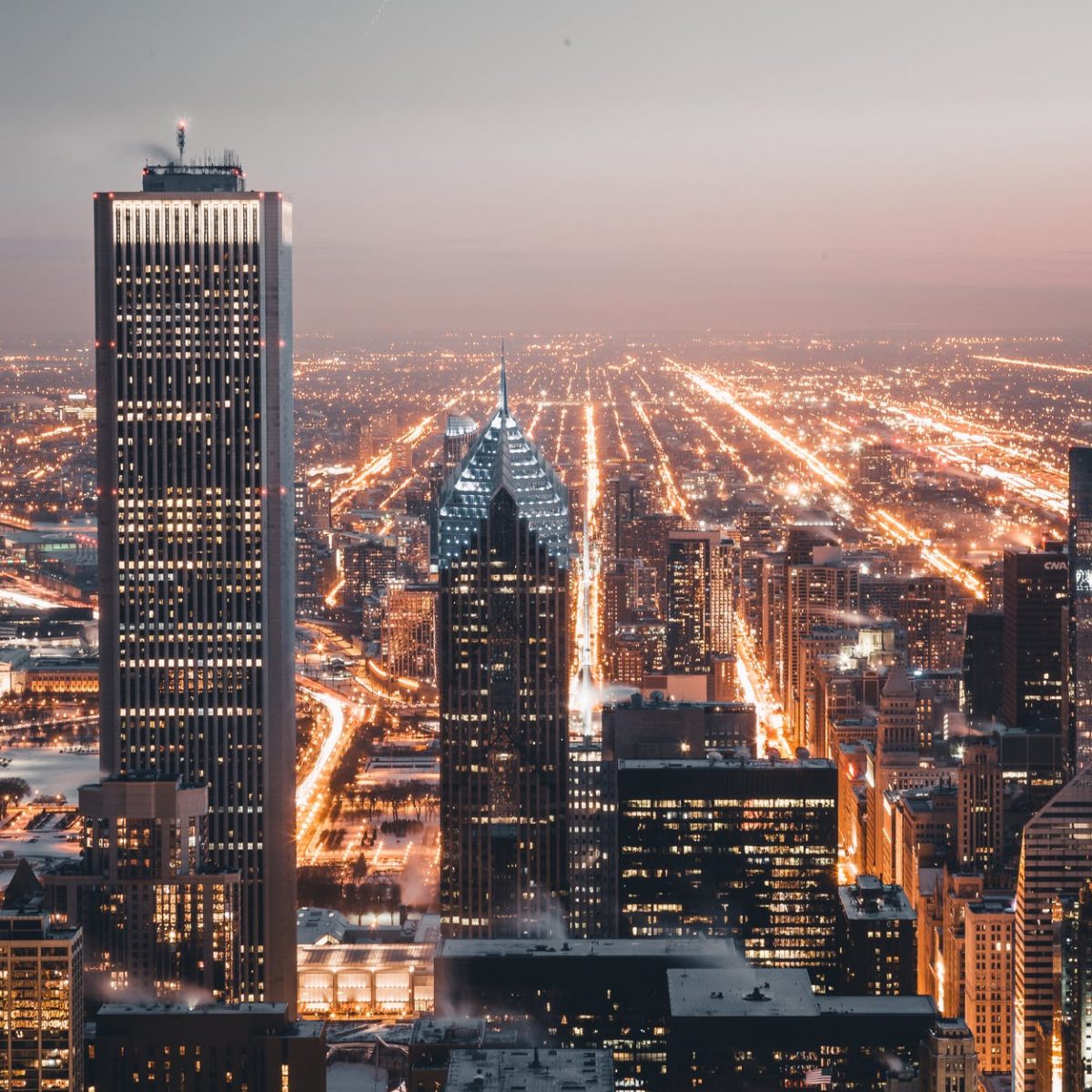Sam Mizrahi’s 1451 Wellington Highlights Pandemic’s Influence on Design
Architects have always designed around the social mores of the time, but the pandemic has prompted widespread changes to how we use public spaces.
Grocery stores install plexiglass to project cashiers and put tape on the floor to enforce social distancing. Many businesses have a tray of masks by the front door for the customers who can’t find their masks (or never wore one in the first place). People in general have become intensely aware of their proximity to strangers and the surfaces they might have to touch.
As the Covid-19 pandemic has entered its third year, architects and designers of public spaces have been forced to reimagine how they construct spaces — even for top-tier projects like Sam Mizrahi’s 1451 Wellington in Ottawa.
That project and Mizrahi’s other major condominium, The One in Toronto, have both been under construction during the pandemic, and both are slated for completion in 2022. But the buildings’ designs have seen major changes since it became clear to Mizrahi’s company, Mizrahi Developments, that the pandemic would require a new vision of building.
Luckily, the pandemic hit early enough in the construction process that Mizrahi and his team were able to make key changes, like plastic barriers for exercise equipment in the gyms, wider sidewalks at the street level for social distancing, and additional green spaces for the same reason.
The two condos will also provide additional valet services and use new technologies for monitoring viral transmission. The new health protocols even include thermal scanners for fever detection built directly into the security cameras that monitor the buildings’ public spaces. Rather than pressing buttons in elevators, residents will be able to use an app. Even valet parking will involve social distancing measures.
“These features are designed to meet existing guidelines for preventing transmission of the virus while also retaining the luxury feel of the buildings,” Mizrahi said. “We want to design The One and 1451 Wellington in a way that makes people feel safe, but also retains the boutique luxury that these buildings are meant to offer.”
The pandemic has been a “game-changer for the industry,” Mizrahi said, and he added that making these changes was not only “the right thing to do.” It’s an approach that’s going to become commonplace.
Mizrahi Developments wasn’t the only architecture firm to recognize the pandemic’s impact early on. Back in June 2020, The New York Times Magazine published “How Architecture Could Help Us Adapt to the Pandemic,” which predicted the kinds of design changes that Mizrahi and other developers have since embraced.
As the article’s author, Kim Tingly, put it: “The virus wasn’t simply a health crisis; it was also a design problem.”
Now there are examples around the world of designers who decided to tackle that problem with imaginative solutions.
In San Diego, a new office center built over the pandemic transformed their office design to meet the needs of remote workers. The design team of the building, named “Twenty by Six,” decided to blend the indoor and outdoor environments, creating offices with balconies and adding floor-to-ceiling windows for more natural light, even in the interior sections of the building.
In general, office buildings have adapted to a virus that spreads primarily through the air, resulting in more windows that actually open. A long-time trend in L.A. design, more clients are now asking for large openings and fresh air for their buildings, Fast Company reported.
“One of the most significant architectural legacies of the pandemic may be how buildings are learning to breathe again, the article said. “More and more, fresh air and ventilation are being prioritized for the way buildings are designed and renovated.”
The pandemic hasn’t just prompted practical design changes to combat the virus. It’s also motivating designers to completely rethink spaces in the same way that people around the world have started to reimagine their work-life balance.
That was the message of a recent panel discussion in Atlanta about the future of design, which included many top-tier architects saying the same thing: this is a time to rethink the building industry as a whole.
“This time is forcing the industry to hit the reset button,” said Gordon Beckman of Portman Architects. “It is calling us to really reevaluate who we are, what we value, and how we want to live going forward.”





